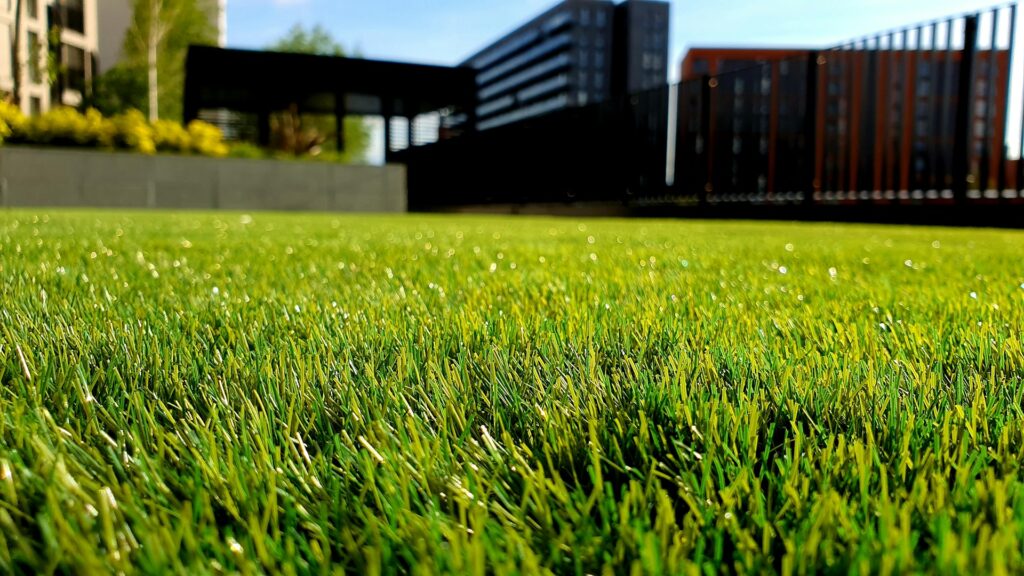
We are reader-supported. When you buy through links on our site, we may earn an affiliate commission.
We might joke that there’s a fungus among us, but when it comes to things like molds, this is one fungus that we need to leave outside. Mold can grow nearly anywhere as long as there is sufficient moisture. Anything from a flood to a busted pipe or a particularly humid summer can allow mold to grow in your home. Once it has a foothold in your home, it can be incredibly hard to get rid of. How can you remove mold from your walls?
Isolate the Source of Moisture
The first thing you need to do before you start trying to remove mold from your walls is to figure out where it’s getting its moisture. All the recovery and repair won’t do you any good if you don’t remove the source of moisture that is allowing the mold to grow in the first place.
Look for the obvious culprits — leaky pipes, holes in the roof, or seals that aren’t quite perfect anymore. If there are no apparent leaks or sources of water, it may be due to the ambient moisture in the air. Remove the water first, then you can move on to the next steps. If you don’t get rid of the moisture, even one mold spore will allow it to regrow present the same health concerns.
Protect Yourself
Cleaning up mold in your walls isn’t like wiping up spilled milk in the kitchen. The spores this fungus emits can cause all sorts of respiratory problems and can make existing health problems worse. Make sure you’re protecting yourself before you start removing the mold from your walls.
Ideally, you need to wear a respirator, eye protection and gloves. Protective clothing that you can discard will prevent you from spreading spores to other areas of the house, but if that’s not an option, launder the clothing you wear immediately. Make sure you’re cutting the room with mold in it off from the rest of the house — block the doors, windows and ventilation to keep your HVAC system from spreading spores to the rest of the house.
Remove and Discard
The next step is going to be messy. You will need to strip your walls down to the framework. Remove anything that has mold growing on it, from drywall and carpeting to insulation. We’re not kidding when we say you’ll have to strip it down to the frame.
Make sure you’re bagging up the drywall and insulation you’re removing. You’ll want to discard it but make sure the bags are sealed to keep any spores from escaping into the rest of the house as you remove them.
Scrub with Bleach
Now that you have your walls down to the bare bones, it’s time to start scrubbing. You need to make a mixture to kill the existing mold spores. You have a couple of options here. One cup of chlorine bleach to one gallon of water, or a 50/50 mixture of water and ammonia.
DO NOT mix bleach and ammonia. The mixture will create dangerous chlorine gas, which can be dangerous or fatal if you breathe it in.
Scrub anything that you can’t remove — wood framework, stone, concrete, etc — with this mixture and disposable scrubbing pads.
Seal and Repair
Your last step is to seal any porous surfaces before you start repairing the walls you tore apart to remove the mold. Look for products that contain mildewcide to prevent moisture from causing problems in the future.
Once you’ve sealed the wood, you can look into repairing the damage to your walls, by hanging new drywall, painting and making it look like it never happened. If you’re not handy or are concerned about your drywall hanging skills, consider employing a professional mold remediation specialist to keep you and your family healthy and safe.
Prevent It From Happening Again
The only other thing you can do when you’re dealing with mold in your walls prevents it from happening again. You’ll never get rid of all the mold spores in your home — they exist in nature and some drift in and out of your home every time you open a door or window. What you can do is remove the other variable — water. Deal with water damage promptly and employ dehumidifiers to keep the ambient humidity in your home low.










